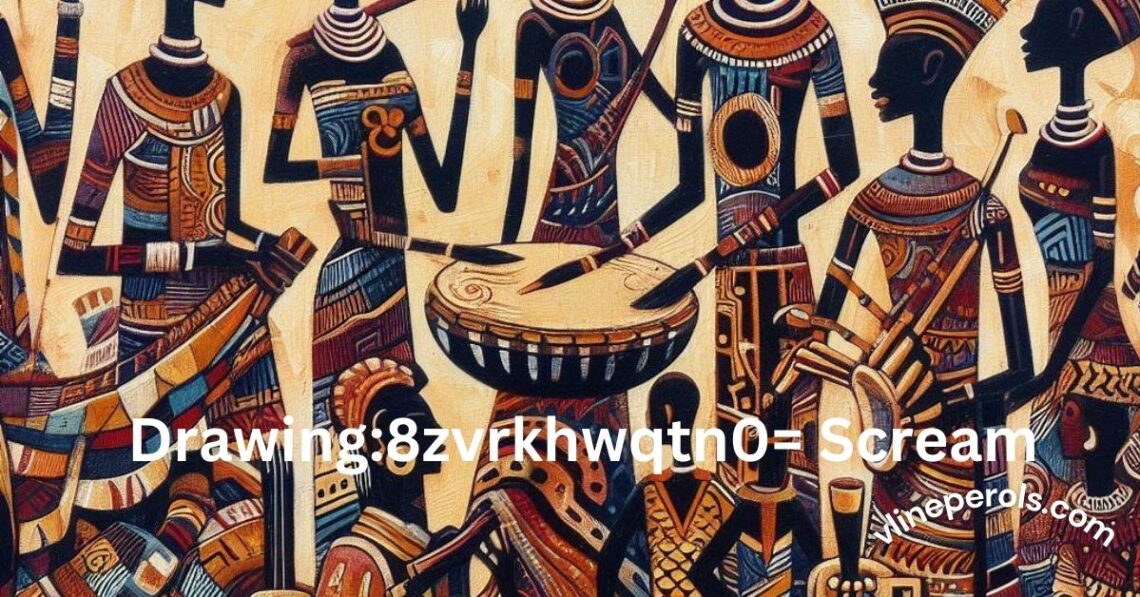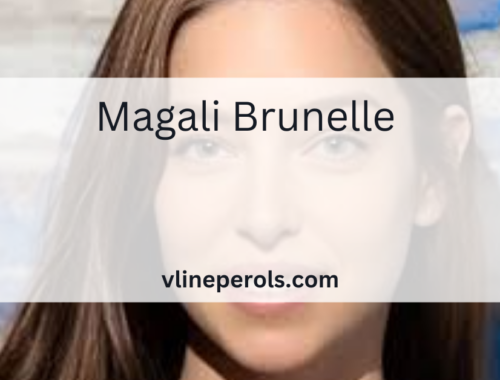
Drawing:8zvrkhwqtn0= Scream – The Artistic Essence, History, and Techniques
“Drawing:8zvrkhwqtn0= scream” is more than just an art piece—it’s a concept that invites audiences into a unique world of creativity, emotion, and interpretation. In the art community, this term has sparked curiosity and has been explored across various platforms, from art galleries to online forums. This article delves into what Drawing:8zvrkhwqtn0= Scream signifies, its influence in the art world, and the methods used to create similar expressive drawings. This guide also provides insight into creating a scream-themed drawing and answers frequently asked questions for readers curious about how to bring such emotion and depth into their artwork.
What Is Drawing:8zvrkhwqtn0= Scream?
Origins and Background
The term “drawing:8zvrkhwqtn0= scream” is likely a unique identifier for a particular drawing style or series that uses “scream” as a central theme. This concept recalls the powerful imagery from Edvard Munch’s famous painting The Scream, where emotions of fear, anxiety, and existential dread are visually represented. The scream-based drawing style is often characterized by exaggerated expressions, bold strokes, and contrasting colors, all intended to convey intense emotions that resonate with viewers.
Artistic Influence and Popularity
The popularity of scream-themed artwork isn’t new. The concept of expressing inner turmoil, horror, or other profound emotions has inspired artists for centuries. Edvard Munch’s The Scream was one of the first pieces to highlight this expressionist approach, and it has influenced countless artists since then. Drawing under a theme like Drawing:8zvrkhwqtn0= Scream allows artists to communicate powerful emotions directly and universally, regardless of language or cultural background.
Key Characteristics of Scream-Themed Drawings
- Exaggerated Facial Expressions
One of the hallmarks of a scream-themed drawing is the expression of the subject. Artists often exaggerate facial features—like wide-open mouths, bulging eyes, and distorted facial structures—to emphasize emotions. These expressions capture viewers’ attention and evoke an emotional response, allowing them to feel what the character is experiencing. - Use of Bold Colors and Contrasts
Vibrant and sometimes clashing colors bring out the emotional intensity in scream-themed drawings. High-contrast tones such as reds, blacks, and bright yellows can be used to highlight distress and agitation within the scene. The color choices are integral to creating a sense of chaos and unease. - Strong, Chaotic Lines
Scream-themed drawings often feature dynamic, jagged lines to amplify the feeling of unrest. Artists might use quick, unrefined strokes that echo the inner turmoil of the subject. This style can communicate confusion and fear, immersing the audience in the artwork’s mood. - Abstract and Expressionist Elements
While some scream drawings may be realistic, many incorporate abstract or expressionist elements, distorting reality to match the inner feelings of the subject. This technique allows artists to bend typical anatomy, use surreal backgrounds, or add dark, looming shapes that represent deeper psychological elements.
How to Create Your Own Scream-Themed Drawing
Step 1: Choose Your Emotion and Theme
A scream-themed drawing doesn’t need to focus solely on fear; it can depict any strong emotion, such as despair, frustration, or even exhilaration. Start by deciding on the exact feeling you want to express. Think about situations or experiences that could bring out this emotion—whether it’s personal, imagined, or something observed in society.
Step 2: Sketch Out the Expression
Use exaggerated features in your initial sketch. You might want to elongate the mouth, widen the eyes, and angle the eyebrows dramatically. Don’t worry about perfection; the aim is to capture raw, intense emotion. Try different facial expressions until one feels just right.
Step 3: Experiment with Colors
For a scream-themed piece, colors matter. Consider reds, oranges, and deep blacks for anger or fear, and cooler colors like blues and purples for sadness. Experiment with different shades to find the color palette that best matches your theme.
Step 4: Add Background Elements and Symbols
To enhance your drawing, incorporate elements in the background that mirror the central emotion. For example, if your drawing represents isolation, you might include a vast, empty space around the subject. If it’s about fear, consider dark, looming shapes or chaotic lines to create a sense of danger.
Step 5: Use Lines to Add Movement and Energy
Chaotic or wavy lines can make your drawing feel alive and filled with energy. Whether you use thin or thick lines, make them erratic to match the subject’s mood. This approach can help express agitation, fear, or anxiety.
Understanding the Cultural Impact of Drawing:8zvrkhwqtn0= Scream
Expression of Universal Emotions
“Drawing:8zvrkhwqtn0= scream” offers a way for people from all walks of life to connect with artwork through shared human experiences. The feelings associated with “scream” transcend language and culture, making scream-themed drawings universally relatable.
Influence on Modern Art Movements
The scream motif is not just confined to visual art; it has influenced pop culture, film, and literature. For example, horror movies often use scream-like imagery to convey terror and tension, while literature might describe scenes that evoke the feelings conveyed in scream-themed art. These cross-medium influences make scream-themed art a timeless exploration of human emotion.
Frequently Asked Questions (FAQs)
What is Drawing:8zvrkhwqtn0= Scream?
“Drawing:8zvrkhwqtn0= scream” appears to be a reference to a style or series of artwork that uses the concept of screaming as its central theme. This style focuses on conveying intense emotions through exaggerated facial expressions, vibrant colors, and chaotic linework.
How can I make a scream-themed drawing?
Start with an emotion you want to depict, sketch exaggerated expressions, choose bold colors, add background elements that reflect the mood, and use chaotic lines to convey energy. The goal is to visually communicate raw emotion to your viewers.
What colors work best for scream-themed drawings?
Reds, blacks, and deep yellows are commonly used to evoke anger or fear, while cooler tones like blues and purples can convey sadness. Color choice largely depends on the emotion you want to highlight in your artwork.
Why is the scream motif so popular in art?
Scream-themed art is relatable because it represents intense human emotions like fear, sadness, or existential anxiety. These themes are universally understood, making them powerful tools for artistic expression.
Can I incorporate other themes within a scream drawing?
Absolutely! Scream-themed drawings can combine other themes such as isolation, confusion, or even joy. The scream element can be a gateway to exploring a wide range of emotions and ideas.
Where can I display my scream-themed art?
Many artists showcase scream-themed art online on platforms like Instagram or DeviantArt. You can also participate in art galleries that focus on expressionism or even join themed art contests that value intense emotional pieces.
Conclusion
The concept behind “drawing:8zvrkhwqtn0= scream” gives artists and viewers alike a profound medium to explore and express deep, universal emotions. Whether you’re a beginner looking to experiment with raw expression or an experienced artist wanting to delve into emotional themes, scream-themed art offers endless possibilities. By understanding the elements that make this style unique—exaggerated features, bold colors, and chaotic lines—you can create impactful drawings that speak to the core of human experience.
Let your creativity run wild, and embrace the power of emotion in your artwork. With practice and experimentation, anyone can create a scream-themed drawing that resonates with audiences on a deeply emotional level.
You May Also Like

Naomi Burton-Crews – Everything You’re Looking For!
May 16, 2024
Theapknews.Shop Health – Start Your Journey To A Healthier Lifestyle!
May 9, 2024

